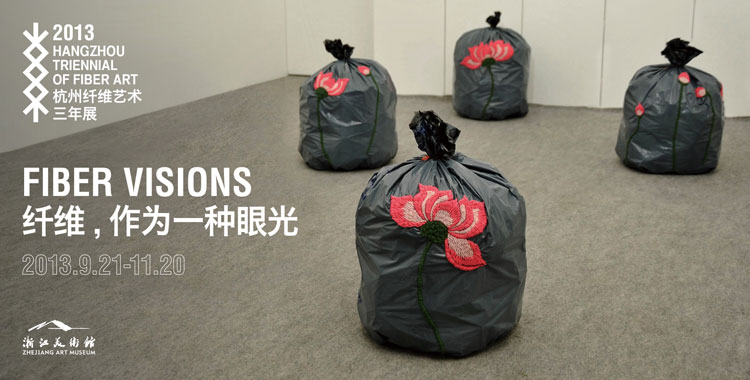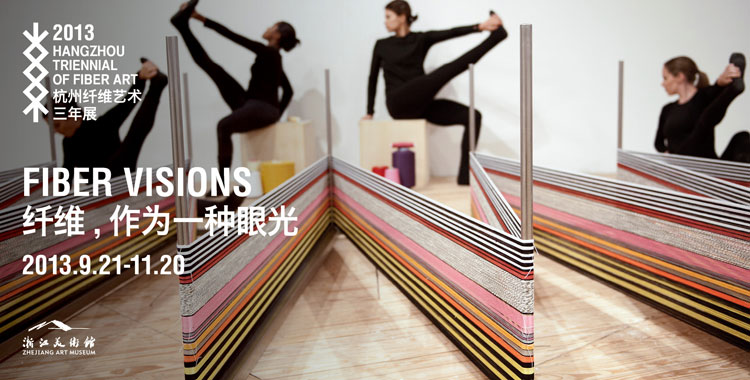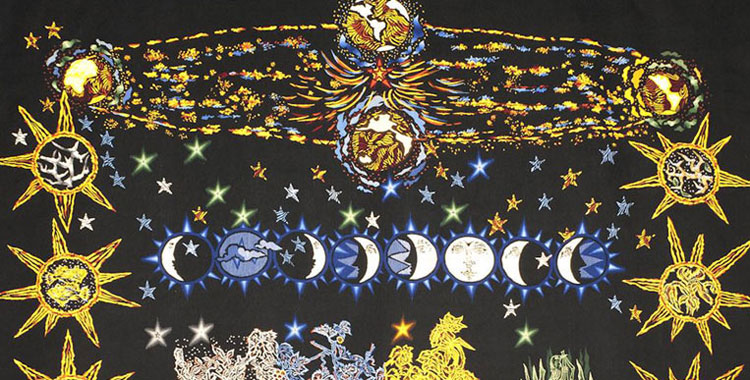Jean Lurçat
Jean Lurçat (born1st July 1892 in Bruyères, Vogesen) was a painter, a cartoon designer for picture carpets and ceramics, illustrator and a tapestry artist. He is regarded as one of the most important contemporary representatives of western tapestry. He studied under the painters Prouve and Laffitte in Nancy, and subsequently attended the Ècole des Beaux-Arts and the artist Filippo Calarossi’s private art academy.
At the beginning of his artistic career, Larcat’s work was influenced by Cézanne and later, cubism but from 1933 he dealt intensively with the form of picture carpets. He attracted attention with his imaginative designs which are seen as a major contribution to the dying art of tapestry as it was once practiced in the centuries-old workshops of Aubusson, France. He introduced contemporary designs, working directly on a full-scale cartoon to lessen the number of steps from conception to completion. He also simplified the weaving process by increasing the thickness of the wool used and by limiting the colour palette. The success of Lurçat’s tapestries inspired artists such as Joan Miró and Fernand Léger and architects like Le Corbusier, to take an interest in the possibilities of tapestry as an art form proponed of own statement ‘… to spread the virus of the tapestry in all world.’
In 1959, Lurcat participated in the "documenta II" in Kassel and in 1962, he was one of the founders of the International Centre for Ancient and Modern Tapestry (ICAMT), which organized the International Tapestry Biennials and made Lausanne the capital of textile art for a period of more than thirty years.
‘And by contrast with the posturings and saccharine efforts of the easel picture, for the purposes of high warp, the world is made up of the best and worst, the pure , the impure, abstract, base concrete, domestic or divine, sweet, bitter or salty, forms in mural tapestry ferment, reflect, join together furiously … the great lady of tapestry holds open house, welcomes all comers, all forms, familiar animals, nettles, pittance, ships, pools, brawls, crows, unicorns, great ladies or stable boys – everything has its place in tapestry.’



























